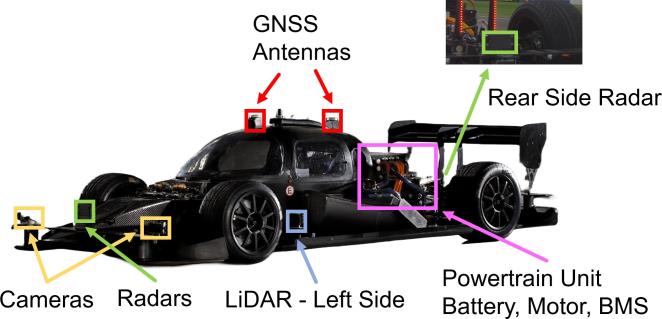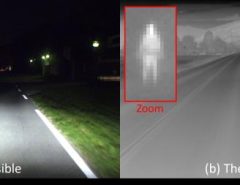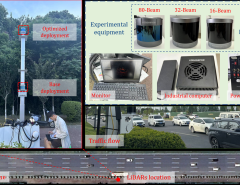Authors: Manuel Mar, Vishnu Chellapandi, Liangqi Yuan, Ziran Wang, Eric Dietz
Published on: February 04, 2024
Impact Score: 8.15
Arxiv code: Arxiv:2402.02603
Summary
- What is new: This paper presents an in-depth analysis of the latest advancements in autonomous racing, specifically in Roborace and Indy Autonomous Challenge, highlighting the evolution and optimization of sensor setups and vehicle architecture.
- Why this is important: The main challenge addressed is enhancing the design and performance of autonomous racing vehicles to push the boundaries of technology and foster wider acceptance of autonomous systems.
- What the research proposes: A comprehensive review of autonomous racing vehicles’ development, focusing on sensor configurations, architectural improvements, and performance metrics.
- Results: The study reveals critical insights into the development and performance outcomes of vehicles in Roborace and the Indy Autonomous Challenge, showcasing the trajectory of sensor adaptations and architectural refinements.
Technical Details
Technological frameworks used: Not explicitly mentioned in the abstract.
Models used: Not explicitly mentioned in the abstract.
Data used: Sensor setups, architectural nuances, and test metrics from Roborace and the Indy Autonomous Challenge.
Potential Impact
Automotive industry, especially companies focusing on autonomous vehicle technology and racing; tech companies specializing in AI and machine learning for autonomous systems.
Want to implement this idea in a business?
We have generated a startup concept here: RaceTech AI.




Leave a Reply